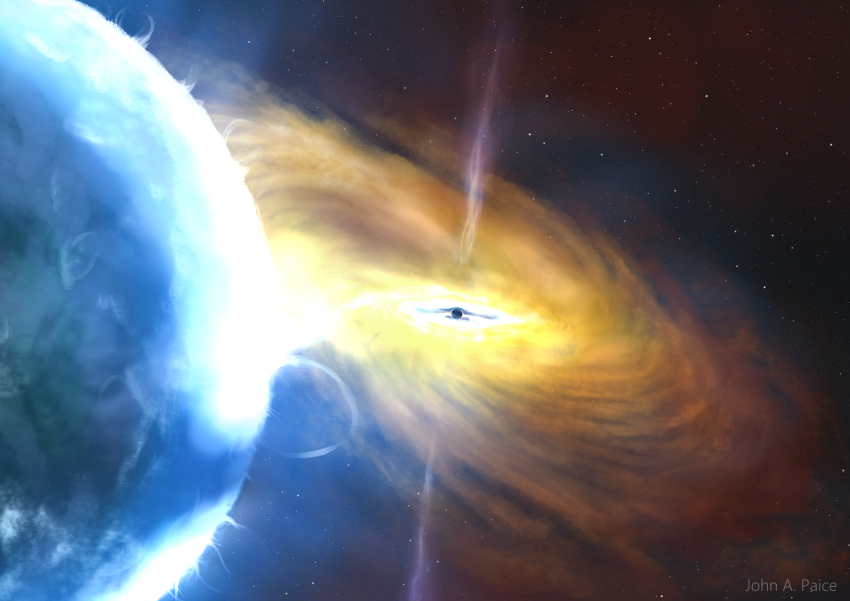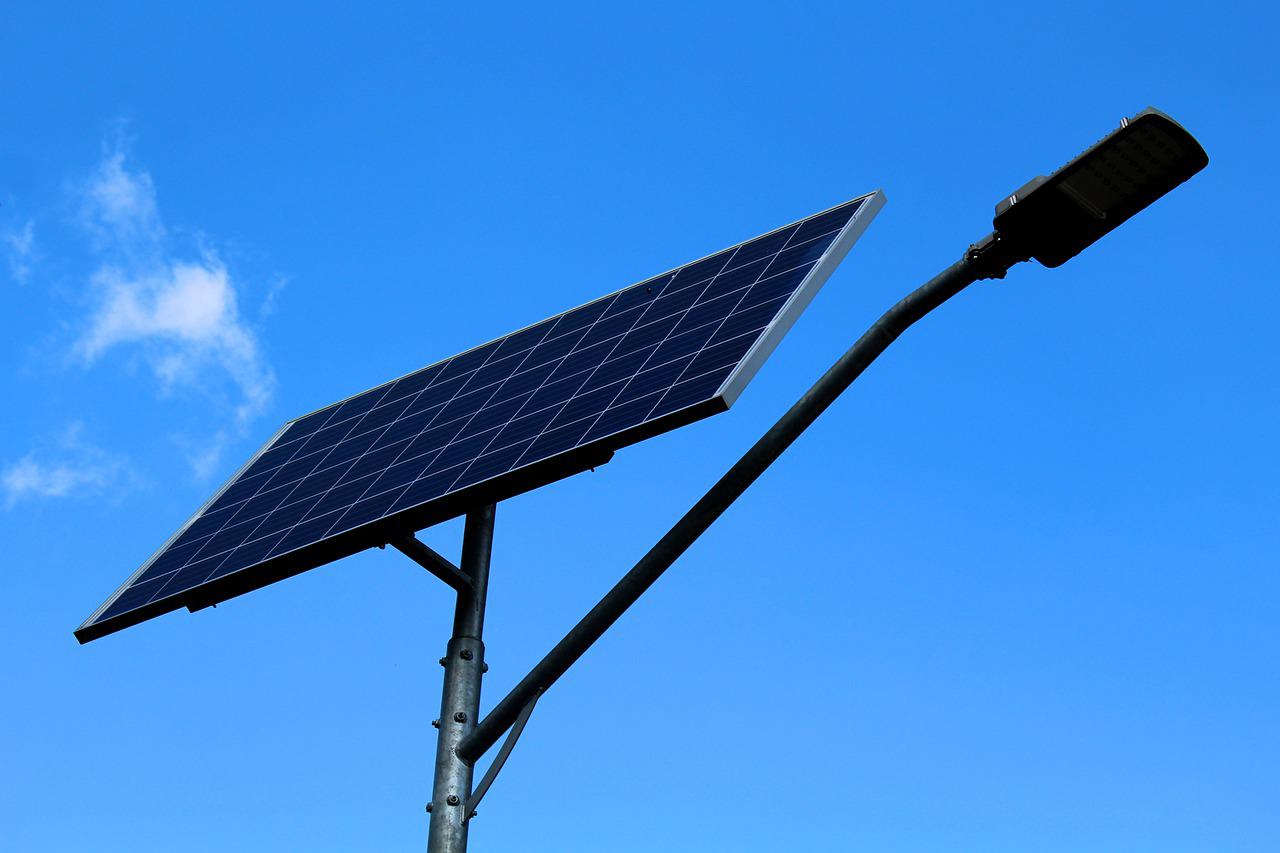The universe is full of wonders. The universe is beautiful, strange, and vast across space and time, perhaps beyond our limits of understanding. NASA telescopes and space probes have imaged black holes, stars going supernova, early galaxies, and cosmic collisions.
However, a team of astronomers led by the University of Southampton has captured the biggest cosmic explosion ever detected. It was about 100 times bigger than our solar system and about two trillion times brighter than our Sun.
According to scientists, this cosmic explosion known as AT2021lwx lasted over three years
Unlike most supernovae which are visibly bright only for a few months, this explosion has been visible since 2020. It took place in the constellation Vulpecula, about 8 billion light-years away.
The explosion was initially detected by the Zwicky Transient Facility (ZTF) and then the Asteroid Terrestrial-impact Last Alert System (ATLAS).
“We came upon this by chance, as it was flagged by our search algorithm when we were searching for a type of supernova,” said Dr. Philip Wiseman, lead researcher on the study. “Most supernovae and tidal disruption events only last for a couple of months before fading away. For something to be bright for two plus years was immediately very unusual.”
The research was published in the journal Monthly Notices of the Royal Astronomical Society.






